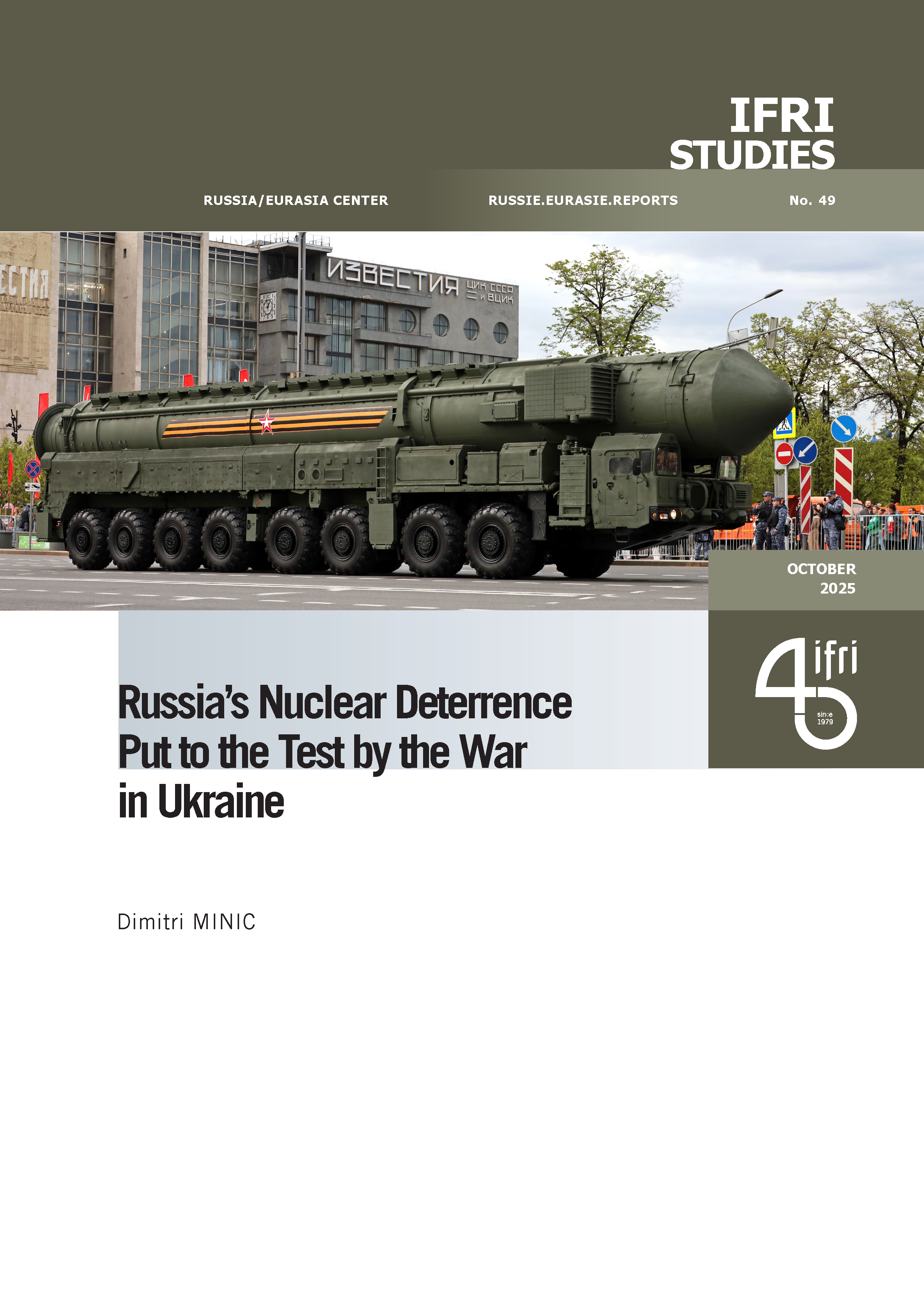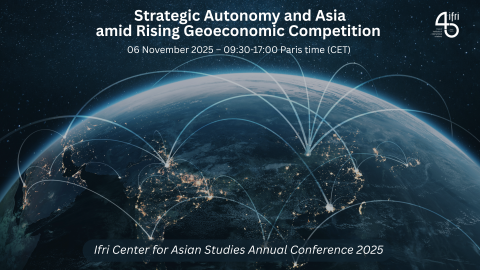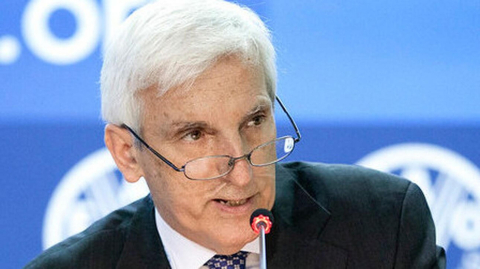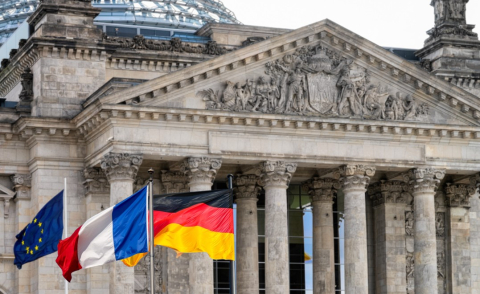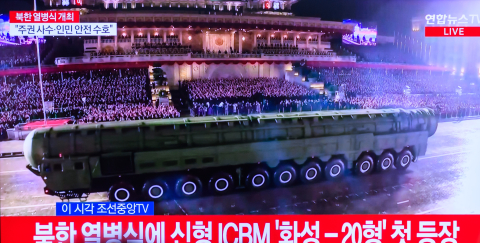Lessons from Investment Policy Reform in Korea
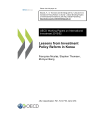
As more and more countries seek to liberalise their foreign investment regimes to attract global flows of foreign direct investment (FDI), an essential question for policy-makers is no longer just what to reform but also how to reform. How is a reformist government to sell the idea of reform to the general public and to counter any opposition to reform? How are those who lose from reform in the short term to be compensated? Does sequencing of reforms matter?
Korea offers a particularly interesting case study because its reforms beginning in the 1990s were both rapid and far-reaching. Based on the OECD FDI Regulatory Restrictiveness Index, Korea was the biggest reformer of its policies towards FDI between 1997 and 2010 among a sample of 40 developed and emerging countries. The objective of this study is to document the liberalisation of the FDI regime in Korea and to examine how and why it came about. What were the main obstacles and what were the main drivers? How did FDI liberalisation relate to other reforms (trade policy and regulatory reform, policies towards outward investment)? The paper does not ask what more Korea needs to do but rather what lessons can we draw from the Korean experience about how to achieve rapid and sustainable reforms?



